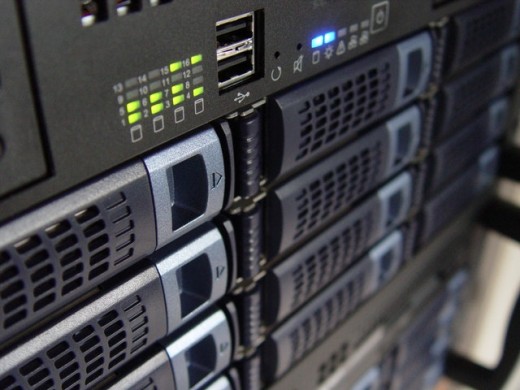The Fundamentals of ITSM for Business

Today many businesses are looking to improve their services and strategies in order to be more successful, they are implementing new technologies to boost their efficiency and increase the ROI of the company, between this new strategies there is the ITSM or IT Service Management.
IT service management focuses in the implementation of IT services that meet customers needs, characterized by adopting a process approach towards management, its main focus is on the customer needs and IT services for the customers, putting the IT systems after the customers and stressing continual improvement to satisfying business requirements.
Traditional I/T
| ITSM Process
|
|---|---|
Technology Focus
| Process Focus
|
Patching
| Preventative
|
Reactive
| Proactive
|
Users
| Customers
|
Centralized
| Distributed
|
Isolated
| Integrated
|
One Time Only
| Repeatable
|
Informal processes
| Formal best practices
|
IT internal perspective
| Business perspective
|
Operational specific
| Service orientation
|
ITSM vs ITIL
The ITSM and the ITIL are both integrated process based on a set of techniques and methods, all of them aim to manage the IT services within a company; these methods are often seen as the same but they are not, despite both been related the ITIL defines and documents the best practices for IT services, in another hand the ITSM employs the practices within the ITIL in order to meet the customer or business priorities.
ITSM General Methodology

ITSM methodology is compose from the following areas:
IT Service Support
- Configuration Management – It handles the physical and logical perspective of the IT infrastructure and the IT services.
- Change Management – Methods, and procedures used to manage all the changes in an effective way.
- Release Management – It is used in order to test, verify and deploy the new changes in the IT environment.
- Incident Management – It handles all the technical difficulties and restores the service in the shortest amount of time with the minimal impact to the business.
- Problem Management – Locate the source of the problems and deal with the cause of this issues in the best way possible.
- Service Desk – This functions as a central point of contact between the users of the service and the IT technology.
IT Service Delivery
- Availability Management – It works to optimize the capabilities of the IT infrastructure, their services and their support, this looks to provide the necessary levels of service in order to meet business requirements.
- IT Service Continuity – It deals with the staff organization and workflow necessary in order to provide a good level of service when there are interruptions in the service.
- Capacity Management – It allows to manage all the resources and make plans for the future requirements needed to operate the service.
- Service Level Management – Handles all the maintenance and improvements related to the service of the organization.
- Financial Management for IT Services – It manages the costs of all the resources related to the requirements needed to implement the service.
ITSM General Implementation

The IT service management there are 3 main aspects or components related to the implementation of any IT service in the business area, these elements are:
- Structure: It focuses on the activities used in the process of implementation, this covers the aspects that are more technical and display the operations necessary to achieve the best service.
- Phases: This are the steps required in order to execute the implementation of the services, it covers in the beginning stages the analysis of the service, the planning and other important elements for the development until it reaches the end of the process with the implementation and support of the end service.
- Perspectives: It explains the different views and requirements from the context of every element used within the IT service, this includes the technology implemented, the guidelines use, the integration of the IT with the business model, all the business factors, and finally all the people involved in the implementation of the service.
In the future business and companies around the world will be using new technologies making their services demand more attention and a better approach in order to meet their customer's needs, that's why people should learn and implement the ITSM within their organizations and businesses to increase their profit and gain more traction.








